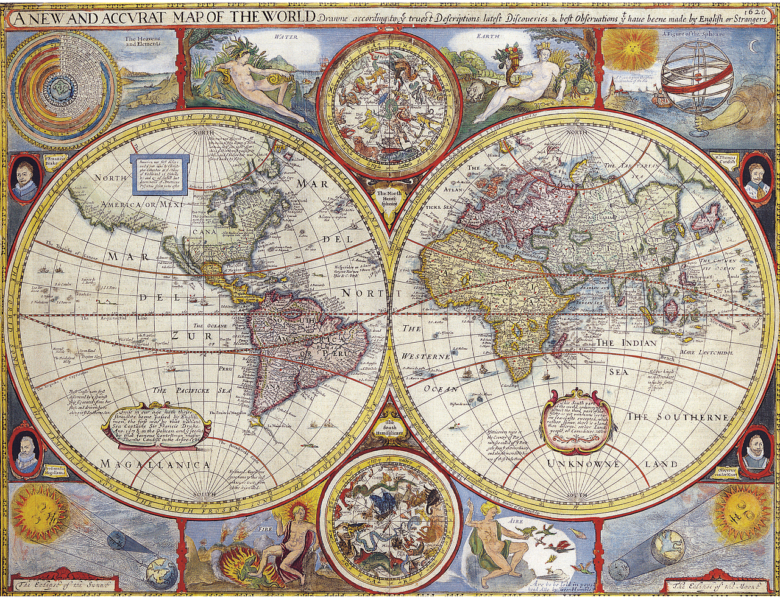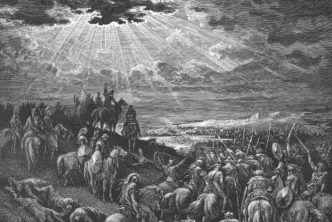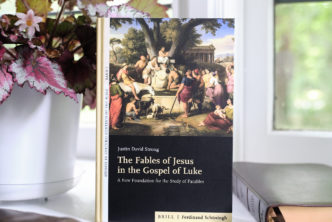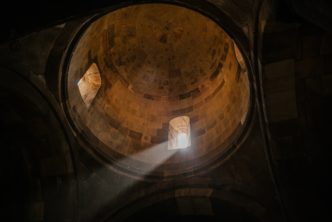
I have never visited the frozen northern territory of Siberia, but when reading The Gulag Archipelago I utilized maps of Russia’s vast terrain to try and conceptualize Solzhenitsyn’s scenes of oppression and hopelessness.
I’ve had a similar experience reading Acts when tracing the geographical movements of apostles alongside the written narrative of the Biblical text. Biblical maps are visual anchor points for the imagination.
Maps make the breast of nonfiction narrative swell with breath, they add a third dimension of tactility to otherwise flat conceptions of historical people and places.
The Carta Jerusalem Bible Reference Collection enables such imaginative enlargement for students of the Bible by offering a generous collection of resources revealing the world of the Scriptures through maps, geographical features, and archaeological treasures of the Holy Land.
The collection contains 13 volumes by such esteemed scholars as F.F. Bruce, Leen and Kathleen Ritmeyer, and Anson F. Rainey. The information contained in this collection is valuable for pastors and scholars alike, presenting the opportunity to enter deeper into the world of the Bible through atlases, maps, photographs, illustrations, and detailed analyses by world leading archaeologists and scholars.
The Carta Jerusalem Bible Reference Collection is currently available on Logos through Pre-order, which means you can acquire this exceptional resource at a discounted price before it ships on December 28, 2020.
Claim your copy today, and prepare yourself for a new year of study equipped to better visualize, and teach, the ancient world of Scripture.





[…] Biblical Maps: The Secret Weapon to Anchor Your Study of Scripture […]
I too love maps, but I think you have a typo in the third paragraph. Maps make the “breast” of nonfiction narrative. . . In fact that whole paragraph should be rewritten. It sounds like a professor is trying to over impress his audience with their choice of words. That’s an immediate turn off to me. But what do I know, I’m just a simple minded layman.
“Everything functions on geology”, my prof used to say (Rainey). The Bible just assumes one understands the function of Samaria and all the other 2000 sites mentioned in the Bible. This collection of books from Carta offers some of the best resources in this category. I am really excited to see them finally join this electronic publisher, a long time in coming, I highly recommend them.